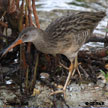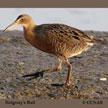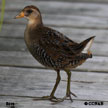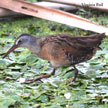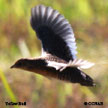Field Guide for all the Birds of North America
Rails
Râles
Rallidae
Information, images and range maps on over 1,000 birds of North America, including sub-species, vagrants, introduced birds and possibilities
North American Bird Search Box
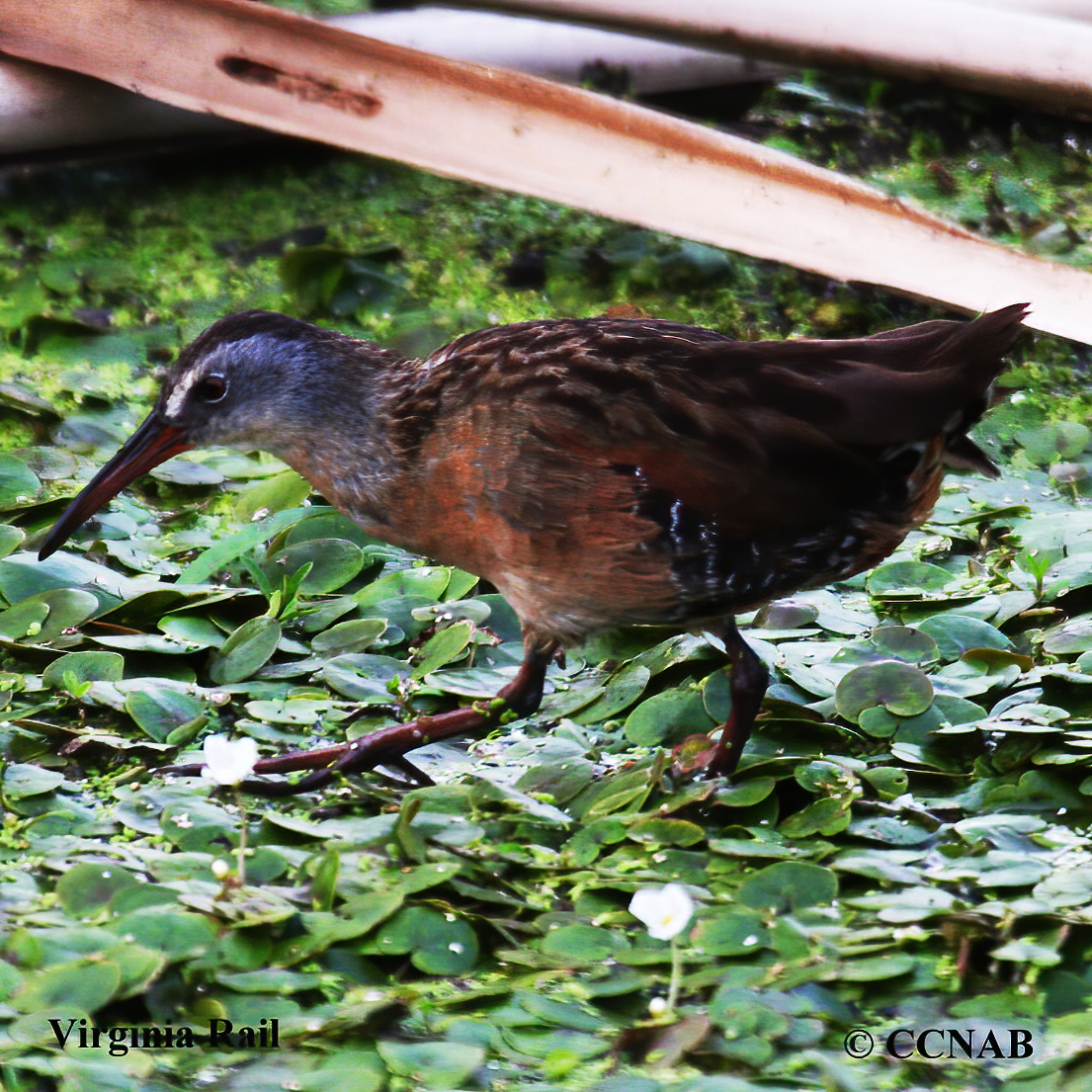
There are five species of rails found in North America. Two of these species are the Virginia Rail and the Yellow Rail and are found in Canada and the United States. The remaining three types of rails are the King Rail, Clapper Rail and the Black Rail. The King Rail lives mostly along the southeastern and eastern coastlines of the United States. This is the largest bird in the rail family. The Clapper Rail lives in similar habitat and regions as the King Rail and can also be found along the coastlines of Mexico. The Black Rail is the smallest member of the rail family. This sparrow-sized bird also prefers a habitat along the coastline in the same regions as the other rails.
The rails are most often heard and hardly ever seen. These secretive birds prefer dense marsh, which makes access to seeing them very difficult. There may be a possibility of seeing these birds when the young are being raised, as they move about in search of food. Rails become active in the evening and feed into the darkness, and even when they migrate, they use the cover of darkness.






Reference to Other Bird Site:
ABA - American Birding Association This site represents an organization that maintains official records of all birds species that have been proven to have been seen inside the perimeters of the North American Continent and the surrounding bodies of water. Regular revised versions are posted to keep the bird list current at all times. This is the list used by all serious birders over their lifetime. You may be aware of the movie called the "Big Year". It was with this list that all the competing birders used in an attempt to set a new record as to how many bird species that could be seen by an individual birder in one calendar year.
